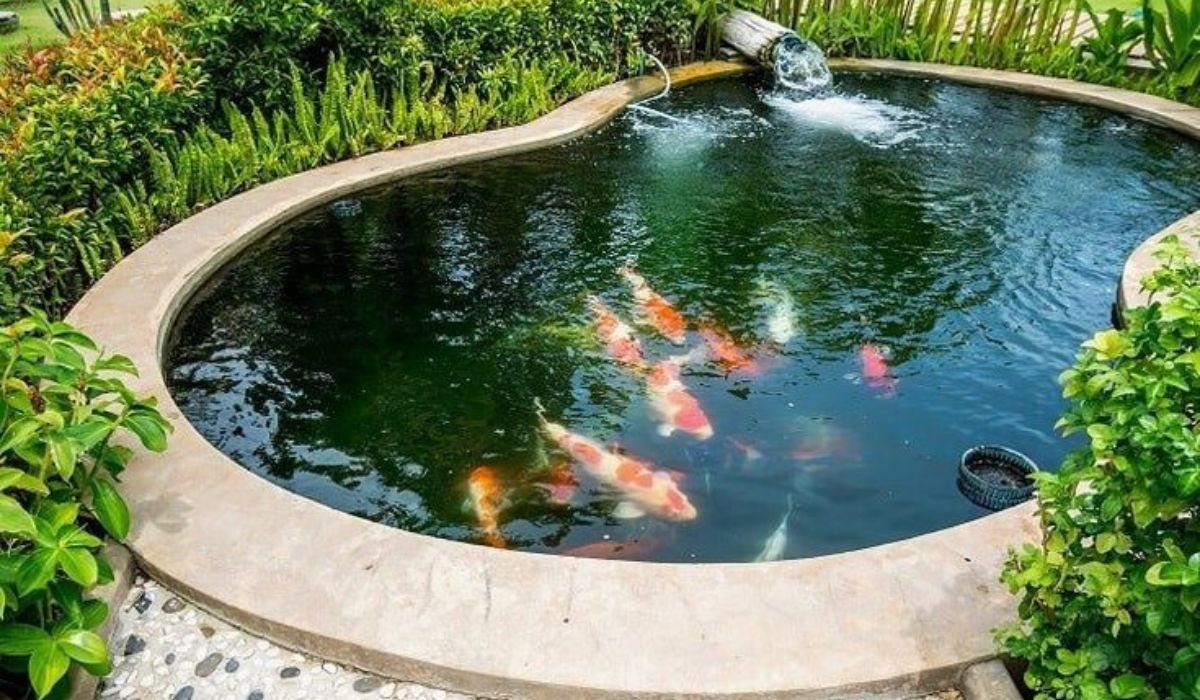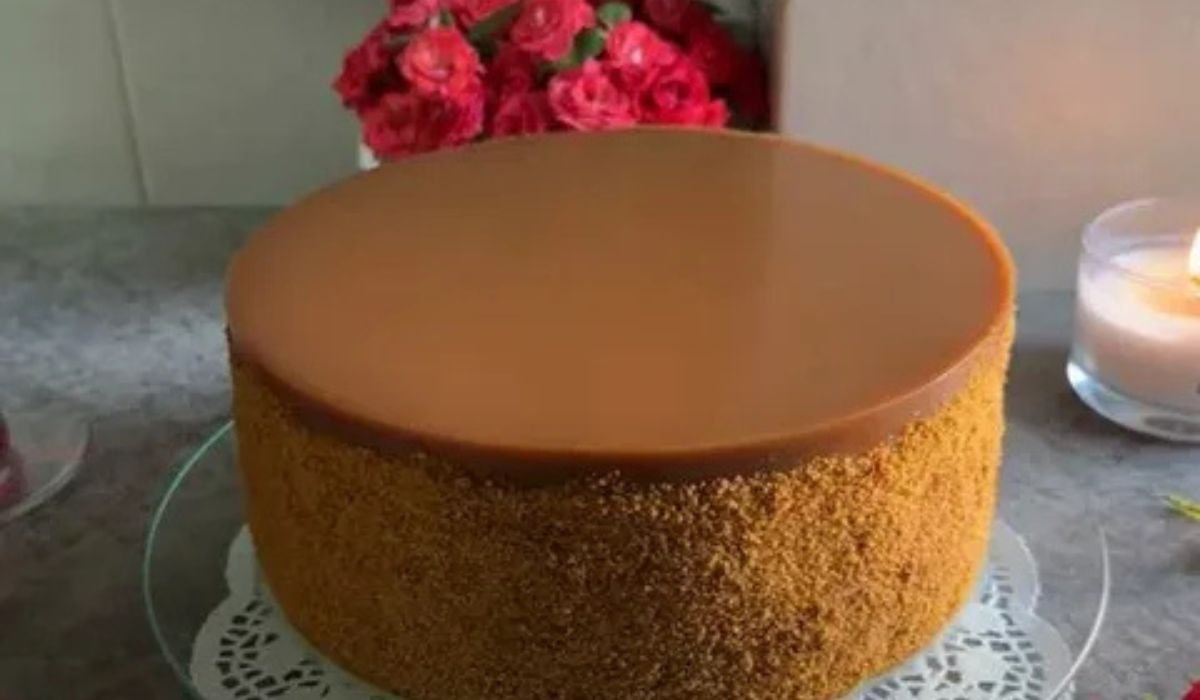Introduction
Are you dreaming of a serene oasis in your backyard? Building a polyurea koi pond could be the perfect project. It not only adds aesthetic value but also provides a healthy environment for your koi fish. With its remarkable durability and flexibility, polyurea is an ideal choice for creating a robust, waterproof pond liner that can endure the elements. In this guide, we’ll walk you through the process of building a polyurea koi pond—from planning and construction to stocking and maintenance.
What is Polyurea?
A Brief Overview
Polyurea is a type of elastomer derived from step-growth polymerization, which involves the reaction of an isocyanate and an amine. It’s known for its strong adhesive properties and flexibility, making it an excellent choice for various applications, including waterproofing and protective coatings.
Advantages of Polyurea for Koi Ponds
The benefits of using polyurea for your koi pond are numerous:
- Durability: Polyurea creates a tough, long-lasting liner resistant to punctures and tears.
- Flexibility: It can easily conform to any pond shape or size.
- Quick Curing: It cures rapidly, allowing for faster pond construction.
- Environmental Safety: Polyurea is fish-friendly once cured, ensuring a safe habitat for your koi.
Planning Your Koi Pond
Choosing the Perfect Location
Selecting an ideal location for your koi pond is crucial. Look for a spot with partial sunlight and some shade throughout the day to maintain optimal water temperatures and reduce algae growth.
Determining the Size and Depth
Consider the size of your pond based on the number of koi you wish to keep. A minimum depth of 3 feet is recommended to protect the fish from predators and provide adequate swimming space.
Design Considerations Shape Style and Features
The design of your pond should reflect your aesthetic preferences and the practical needs of your koi. Consider incorporating features like waterfalls or streams for added interest and aeration.
Step-by-Step Guide to Building a Polyurea Koi Pond
Preparing the Pond Site
Clearing the Area
Begin by clearing the chosen area of debris, rocks, and vegetation. This ensures a clean slate for your pond construction.
Leveling the Ground
Use a level to ensure the ground is even. Uneven terrain can lead to water imbalance and structural issues.
Excavating the Pond
Dig the pond to your desired depth and shape, considering space for filtration equipment and plant shelves.
Installing the Polyurea Liner
Preparing the Surface
Smooth the pond’s surface, removing any sharp objects that may puncture the liner.
Applying the Primer
Apply a primer to enhance adhesion between the polyurea and the pond surface.
Spraying the Polyurea Coating
Using a professional-grade sprayer, apply the polyurea evenly across the pond, ensuring complete coverage.
Curing the Coating
Allow the polyurea to cure according to the manufacturer’s instructions, usually within 24 hours.
Creating a Water Filtration System
Understanding Filtration Basics
A good filtration system keeps your pond water clear and healthy for your koi. It should consist of mechanical, biological, and chemical filtration components.
Choosing the Right Filter
Select a filter that matches the size of your pond and the number of fish. Options include pressure filters, box filters, and bead filters.
Installing the Filter and Pump
Place the filter and pump in an accessible location for easy maintenance. Connect them to the pond using appropriate tubing and fittings.
Adding Water and Landscaping
Filling the Pond with Water
Gradually fill the pond with water, checking for leaks as it fills.
Adding Aquatic Plants
Introduce aquatic plants like water lilies and lotus to provide shade, reduce algae, and enhance the pond’s beauty.
Incorporating Rocks and Other Decorative Elements
Arrange rocks, pebbles, and driftwood around the pond’s edge to create a natural look.
Stocking Your Koi Pond
Selecting Healthy Koi
Choose healthy koi from reputable breeders or stores. Look for vibrant colors and active behavior.
Acclimating the Fish to the Pond
Slowly introduce your koi to the pond water to prevent shock. Float them in bags for a while before releasing them.
Feeding Your Koi
Feed your koi a balanced diet, considering seasonal variations in their dietary needs.
Maintaining Your Koi Pond
Regular Water Testing
Test the pond water regularly for pH, ammonia, nitrite, and nitrate levels to ensure a healthy environment.
Water Changes
Perform partial water changes every few weeks to maintain optimal water quality.
Cleaning the Filter
Regularly clean the filter to prevent clogs and maintain efficient filtration.
Winterizing Your Pond
In colder climates, take steps to winterize your pond, such as installing a pond heater or moving fish indoors.
Additional Tips and Considerations
Budgeting for Your Koi Pond
Plan your budget carefully, accounting for materials, equipment, and ongoing maintenance costs.
Safety Precautions During Construction
Ensure safety during construction by wearing protective gear and following manufacturer guidelines.
Troubleshooting Common Issues
Address common problems like algae blooms and murky water promptly to maintain a healthy pond.
Inspiring Koi Pond Designs
Explore different koi pond designs to inspire your project, from traditional Japanese gardens to modern minimalistic styles.
Conclusion
Building a polyurea koi pond is a rewarding endeavor that enhances your outdoor space and provides endless enjoyment. By following this comprehensive guide, you can create a stunning, durable pond that supports a thriving koi community. If you’re ready to start your project, gather your materials, and begin transforming your backyard into a beautiful aquatic haven.
FAQs
What is the lifespan of a polyurea koi pond liner?
Polyurea liners are incredibly durable and can last over 20 years with proper care and maintenance.
Can I install a polyurea liner myself or should I hire a professional?
While DIY installation is possible for experienced individuals, hiring a professional ensures proper application and long-lasting results.
How often should I feed my koi?
Feed your koi once or twice daily during warmer months; reduce feeding frequency in colder weather as their metabolism slows down.
What types of plants are suitable for koi ponds?
Floating plants like water lilies, submerged plants like anacharis, and marginal plants like iris are excellent choices for koi ponds.
How do I prevent algae growth in my koi pond?
Maintain good water quality, provide adequate shade, and use biological filters to minimize algae growth.










